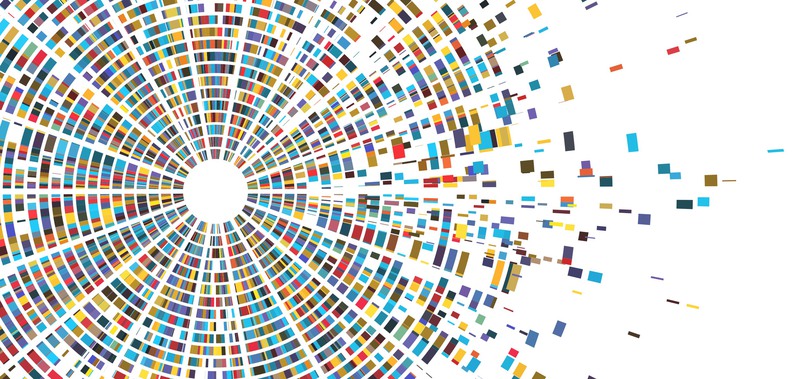From ping pong to home runs with AI and big data

In collaboration with Telenor, a wireless provider, BTH has developed technology that streamlines and improves customer service. Artificial intelligence screens support requirements, questions and suggestions, which leads to a shorter response time and increased quality.
Anton Borg is a researcher in computer science. With the help of applied AI and machine learning, together with Telenor, he has improved the customer service process for the telecommunications company.
“Text and speech are interpretable data and we thought a lot about how we could use this data to improve the process”, says Jim Ahlstrand, innovations developer at Telenor.
Learning how to interpret content
Anton Borg explains how they have used machine learning to interpret the information in customer emails.
“We tested our way forward to see what works and arrived at producing a subject classification so that customer service officers get the questions they are most suited to answering more quickly”, says Anton Borg. The classification takes place firstly by searching for selected subject words and secondly by interpreting the whole email, to obtain an understanding of what it concerns. The development has taken place with close collaboration between BTH researchers and the customer service officers at Telenor who have experience in how the emails should be interpreted.
“Previously, the emails bounced like ping pong balls between the customer service officers – now they get to the right place straight away”, says Johan Svensson at Telenor, innovations expert at Telenor.
More efficient work and better service
To begin with, the system has been implemented in customer service for companies. It has a high success rate and has led to Telenor being able to do more with the information they receive by automatically selecting the right customer service officers and providing support for prioritisation. The customer service officers have freed up time to work more on problem solving and less on administration. The development is now focused on also being able to sort emails that contain more than one question.
This is an example of how BTH works with applied AI. There are many more areas and solutions for which it is possible to use the amount of data that is available in the form of text, images and speech.
“BTH uses an applied work method, it is important to start with organisational needs and conditions. We carry out the analysis together. AI also needs to be combined with traditional development of work methods and procedures or the packaging of proposals and offers. We contribute to a holistic approach”, says Anton Borg.
23 June 2020